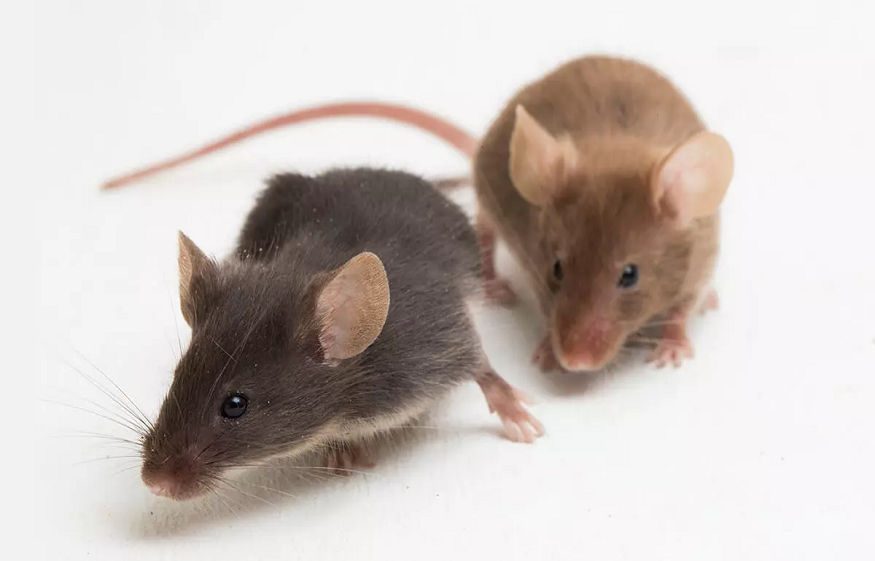Many homeowners do not know which rodent they are actually dealing with when they spot signs of rodent activity. This confusion may result in the use of the wrong traps, baits, or treatment options, and may result in wasted time and money, as the infestation continues to get worse. The scratching sounds in your walls, droppings in the bottom of a cabinet, and chewed-up food packages may be from either species, but they must be controlled in completely different ways.
Rat traps will not catch mice, and poison portions for rats may be too strong for mouse infestations. Some homeowners waste weeks on ineffective techniques because they have the entirely wrong species in mind. The anxiety of constantly hearing the scratch and waking to new damage day in and day out should be enough when the treatments do not work time and time again.
There is an obvious difference in size between rats and mice, but most people have never seen these two species together to make a good size comparison. Knowing the main differences between mice and rats can help you make informed decisions when it comes to controlling these pests while avoiding costly errors in treatment. More info can be found inside the blog as you read.
Difference Between Mice and Rats Explained
1. Physical Characteristics and Size
Body Size Mice are generally 2.5 to 4 inches long, not including the tail. They have long, thin, and hairy tails, which are longer than their body. Mice weigh about 0.5 to 1 ounce as adults, so they are substantially smaller than their rat relatives. They have big ears relative to the size of their head and have long, pointed, and triangular snouts.
Rats are much larger, with bodies that are 6 to 9 inches long and thick scaly tails that are usually shorter than the body. Adult rats weigh 7-18 ounces and are 10-20 times as heavy as mice. Their ears are smaller in relation to the size of their heads, and they have stubby, rounded faces. Rats’ build is stronger and more muscular than that of mice.
Color differences by species may be confusing for users who do not realize that mice and rats come in brown, gray, and black. Though the fur of rats is usually more bristly when compared to the fur of mouse that has a soft and fine texture.
2. Behavioral Differences and Habits
Mice are inquisitive animals that habituate quickly to novel objects and environments. This playfulness also makes them simpler to trap, as they come to new baits and traps without much doubt. They like to be near walls and travel along edges, following established routes, usually within 10 and 30 feet of their nests.
Rats are much more cautious in their approach to novel objects in an environment. This neophobia means that they typically shun traps and poisoning for several days until the new articles are accepted. Once rats are taking new items, they can be trapped, but that initial wariness takes patience and thoughtful placement.
3. Droppings and Signs of Activity
Mouse droppings are very small, approximately 1/8-1/4 inch in length and only 1/8 inch wide; they are pointed at both ends. They look like dark grains of rice, and you can usually find them strewed about anywhere mice hang out or on their way to it. New mouse droppings are shiny and moist, but after a day or two, they dry out and look grayish brown.
Rat feces are also large, about 1/2 inch to 3/4 inch with blunt ends. They are more cylindrical and often tend to clump together rather than sprinkle around. Norway rat droppings are larger and more square in a general shape, and roof rat droppings are more of a spindle.
Both species leave grease marks along walls from their oily fur, but rat marks are more prominent due to their larger size and heavier bodies. Gnaw marks also differ, with mouse teeth creating small, clean cuts while rat teeth leave larger, rougher chew marks on wood, plastic, and other materials.
Who is More Dangerous?
Rats are inherently more dangerous to humans and property than mice because of their increased size, stronger bite, and greater aggression when cornered.
Because of well-developed teeth and jaws, rats can do more structural damage. They nibble through harder materials such as concrete, metal, and thick wood, which mice cannot break through. This capacity for destruction enables rats to chew larger holes and inflict more costly property damage. And because rats can gnaw through thicker wiring that mice steer clear of, they also present greater electrical fire risks.
Health-wise, rats would contract worse diseases and parasites as they are larger and live longer. They release larger, contaminated droppings and urine, distributing pathogens to yet more spaces.

